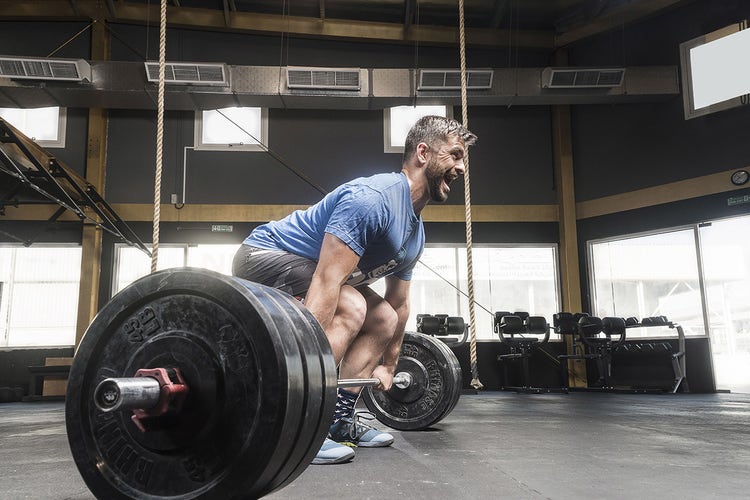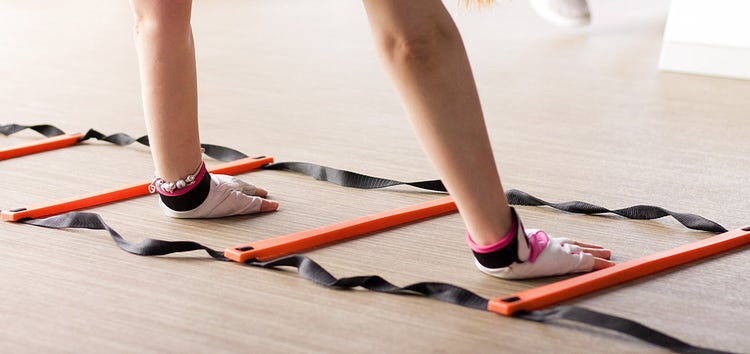Rest For Better Performance and Recovery

Rest doesn’t have a happy medium in our society. Either we’re struggling to get enough activity or we’re overwhelmed and burned out. And if we head to the gym, we put our focus on the work part of a workout, not the doing nothing part.
Although rest might feel like doing nothing, it’s anything but. When we’re working hard, everything in our system focuses on that action. When we stop to rest, even midworkout, our body gets busy replenishing fuel, building muscle and hydrating our tissues. Resting is when the magic happens.
Rest + energy

Our metabolism is like a hybrid gas-electric car: It uses different fuels at different times, depending on what we’re trying to do. In our bodies, the basic systems are the aerobic system, which requires lots of oxygen to burn energy, and the anaerobic system, which doesn’t need oxygen but uses up energy quickly. The system we use determines how much rest we need.
Heavy or vigorous exercise is mostly anaerobic. It burns energy faster than our body can replace it, so we can’t maintain it over time and need more rest during a workout. Resting for two to five minutes lets the aerobic energy system take over and replenish the energy so we can work as hard again in our next set. This can show up as a rest between weightlifting sets, after a high-intensity circuit or as part of interval training. If we don’t rest, our power and strength will diminish faster as the workout continues, reducing its overall effect.
Low-intensity exercise uses the aerobic energy system, which burns energy slower and replenishes it faster. At this pace, we don’t need midworkout rest. However, it’s important to note that “intensity” is different for everyone. If you’re a beginning jogger, you might have to take a walking break every other block if jogging for one block is hard and vigorous. Even when you work up to running a 5K without stopping, you still might need to rest afterward.
Rest + hydration

Water in our connective tissue gets squeezed out during activities that involve forceful muscle contractions (i.e., most high-intensity activities). If we want it to keep functioning well, we need to get water back into the tissues. Rest intervals let fascia soak up water like a sponge to rehydrate. Even without a high-intensity stimulus, intermittent lifting and movement (like chores or yard work) will help hydrate tissues all over the body.
Rest + the brain

The mental work of coordinating movement or learning a new exercise is challenging for our nervous system. This is a good thing because it stimulates the growth of new neurons and new connections between existing neurons. But, like the rest of our body, the nervous system can fatigue during a workout, particularly when we’re learning something new or doing something complex.
It’s comparable to saying a tongue twister: At first, “Peter piper picked a peck of pickled peppers” is easy to say, but by the fourth or fifth time, Peter and his peppers get all mixed up. Rest intervals give our nervous system the chance to reset. Clean-and-jerks or even burpees are just as complicated as a tongue twister, but the heavy barbell or fast pace increase our risk of injury.
We also need to be careful when we’re under mental or emotional stress. Anxiety and other types of stress cause our body to tighten up, interfering with our movements. This can mean a higher risk of injury because a fatigued nervous system reduces not only our coordination but also our ability to make good decisions—throw in a barbell or an aggressive movement and you’ve got a lumbar injury waiting to happen. So make sure you take your rest time!
Rest + recovery

Exercise makes waste—and not just laundry and power-bar wrappers. It leaves our insides looking like a short-staffed restaurant kitchen. Rest gives our body a chance to clean up the mess.
Hard or vigorous exercise creates a ton of waste because it uses energy so fast and in such large amounts. As the waste builds up, we become less efficient at the work we’re doing. Rest intervals give our bodies the chance to buffer, or process, this waste and get it out of our system.
Take, for example, a waste like carbon dioxide. When we work hard, we accumulate more CO2 in our blood, and our body has to get rid of the excess. When we take a break, our breathing continues at a high rate to that’s accumulated. Other waste products take longer to process, which is why a 48-hour break is common between very intense training days.
Prolonged exercise—think marathons or other long cardio sessions—is less intense but still creates a buildup of waste because it goes on for so long. As we fatigue, our body becomes less efficient at clearing it away. These types of activities don’t need rest intervals, which is why recovery days (or weeks) afterward are so important.
Rest + sleep

The hormones we produce during exercise trigger the adaptations that result in larger muscles or increased cardiovascular capacity. But, crucially, these adaptations don’t happen unless we get enough sleep. As Team USA’s senior sport physiologist Randy Wilber, Ph.D., told us before the Rio Games in 2016, “What happens during sleep is like what happens below the surface in [a] garden, when [a] seed germinates and grows. … Deep sleep is a metric of hormonal and physiological recovery. During deep sleep, we get human growth hormone response, letting the little seed grow. If you only get four hours of sleep, and only 10 percent of that is deep sleep, the seed won’t grow!”
Rest + repair

Exercise stress triggers physiological changes that include the release of adrenaline, cortisol and ACTH—the fight-or-flight hormones that rev up heart rate and breathing. When we’re done, our recovery systems take over, using up the stress hormones and returning us to homeostasis.
Movement is essential to this recovery. Muscle contractions push blood through our veins and elevate our heart rate. This increases the flow of nutrient-rich blood to our cells, helping to clear waste and support the body. The same happens with water and lymph. The key here is low intensity. Try walking, restorative yoga classes, tai chi or a relaxed bike ride.
There’s a reason we “walk it out” after a challenging part in our group classes, and it is the same reason marathoners take two weeks off after a race and hockey players head to the bench after a penalty kill—rest is the magic ingredient to performance, no matter what your goal!
Video credit: EvgeniyShkolenko, iStock
Photo credit: Jovanovic, Stocksy; Adobe Paul; Adobe aridav; Adobe Gittta; Adobe Dash; Adobe realstock1; Adobe WavebreakmediaMicro